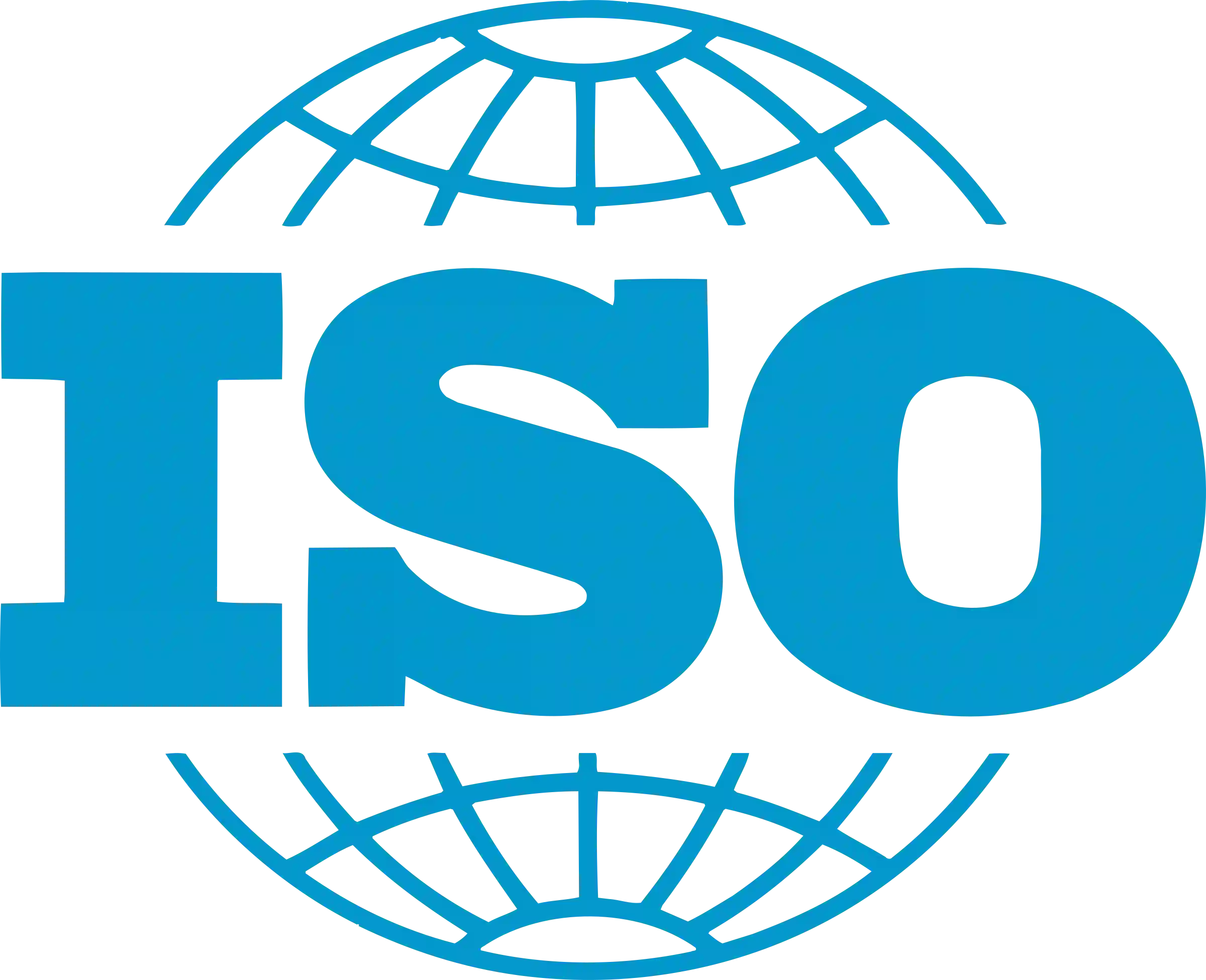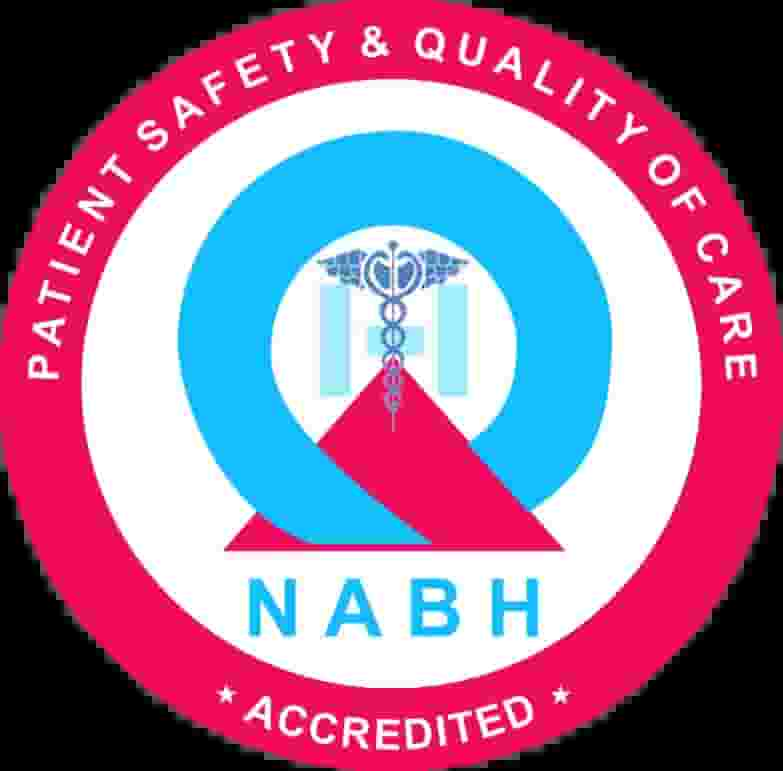
Understanding Cataract Surgery: Procedure, Cost, and Recovery
18 Apr, 2023
Cataracts are a common eye condition that affects millions of people around the world. It is a condition where the lens of the eye becomes cloudy, leading to blurry vision, difficulty seeing at night, and glare sensitivity. Cataracts can significantly impact an individual's quality of life and may require surgical intervention to restore clear vision. In this blog, we will delve into the details of cataract surgery, including the procedure, cost, and recovery process.
Understanding Cataract Surgery
Transform Your Beauty, Boost Your Confidence
Find the right cosmetic procedure for your needs.

We specialize in a wide range of cosmetic procedures

Cataract surgery is a relatively common and safe procedure that involves removing the cloudy lens and replacing it with an artificial intraocular lens (IOL). The goal of cataract surgery is to restore clear vision and improve the patient's quality of life. The surgery is typically performed on an outpatient basis, and patients can go home on the same day.
The Procedure
Cataract surgery is usually performed using one of two techniques: phacoemulsification or extracapsular extraction.
Phacoemulsification is the most common method used for cataract surgery. In this procedure, a small incision is made in the cornea, the clear front part of the eye. A tiny probe is inserted through the incision, and ultrasound waves are used to break up the cloudy lens into small pieces, which are then gently suctioned out. Once the lens is removed, an artificial IOL is inserted to replace it. The incision is usually self-sealing and does not require stitches.
Extracapsular extraction is a less common method used for more advanced cataracts or when phacoemulsification may not be suitable. In this procedure, a larger incision is made in the eye to remove the cloudy lens in one piece, leaving the back part of the lens capsule intact. An artificial IOL is then inserted into the remaining lens capsule. Stitches may be required to close the incision in extracapsular extraction.
Both phacoemulsification and extracapsular extraction are highly effective in removing cataracts and restoring clear vision. The choice of technique depends on various factors such as the severity of the cataract, the surgeon's preference, and the patient's overall eye health.
Most popular procedures in India
Total Hip Replacemen
Upto 80% off
90% Rated
Satisfactory

Total Hip Replacemen
Upto 80% off
90% Rated
Satisfactory

Total Hip Replacemen
Upto 80% off
90% Rated
Satisfactory

ANGIOGRAM
Upto 80% off
90% Rated
Satisfactory

ASD Closure
Upto 80% off
90% Rated
Satisfactory

Cost of Cataract Surgery
The cost of cataract surgery can vary depending on several factors, including the geographical location, the surgeon's experience and expertise, the type of IOL used, and the specific surgical technique employed. In the United States, the average cost of cataract surgery without insurance ranges from $3,500 to $6,000 per eye. However, costs can be higher in some areas or with more advanced surgical techniques or premium IOLs.
It is essential to note that cataract surgery is generally covered by most insurance plans, including Medicare and private health insurance. However, the coverage may vary, and patients should check with their insurance provider to understand their specific benefits and out-of-pocket expenses.
Recovery Process
The recovery process after cataract surgery is usually straightforward and relatively quick. Most patients experience significant improvement in their vision within a few days to a week after surgery. However, full recovery may take several weeks or even months, depending on individual healing and other factors.
After the surgery, patients are typically given eye drops to prevent infection and reduce inflammation. It is crucial to follow the prescribed eye drop regimen and any other post-operative instructions provided by the surgeon to ensure a smooth recovery. Patients may also be advised to wear an eye shield or patch for a short period to protect the eye from injury and avoid rubbing the eye.
During the recovery period, patients should avoid activities that could strain the eyes, such as heavy lifting, strenuous exercise, or swimming. It is also essential to avoid rubbing or touching the eyes and to use protective wear, such as sunglasses, to shield the eyes from bright sunlight or harsh environments.
Patients may experience some mild discomfort, such as dryness, itching, or mild pain, after cataract surgery. These symptoms are usually temporary and can be managed with over-the-counter pain medications or lubricating eye drops as prescribed by the surgeon. However, if there is severe pain, sudden vision loss, or any other concerning symptoms, it is crucial to contact the surgeon immediately.
Most patients are able to resume their normal activities, including driving and reading, within a few days to a week after surgery. However, it is important to follow the surgeon's instructions and attend all scheduled follow-up appointments to monitor the healing process and ensure optimal results.
Types of Intraocular Lenses (IOLs)
During cataract surgery, the natural lens of the eye is replaced with an artificial IOL. There are different types of IOLs available, and the choice of IOL depends on the patient's individual needs and preferences.
- Monofocal IOLs: These are the standard IOLs that provide clear vision at a single distance, either for near, intermediate, or distance vision. Patients may still need to wear glasses for reading or other activities, depending on the type of monofocal IOL chosen.
- Multifocal or Extended Depth of Focus (EDOF) IOLs: These IOLs are designed to provide clear vision at multiple distances, reducing the need for glasses after surgery. They can correct both near and distance vision, allowing patients to perform a wide range of activities without dependence on glasses. However, some patients may experience halos or glare around lights, especially at night, with multifocal or EDOF IOLs.
- Toric IOLs: These IOLs are specifically designed for patients with astigmatism, a condition where the cornea is irregularly shaped, leading to blurry or distorted vision. Toric IOLs can correct astigmatism, providing improved vision without the need for additional procedures, such as LASIK, after cataract surgery.
The choice of IOL depends on various factors, including the patient's visual needs, lifestyle, and overall eye health. The surgeon will discuss the available options and help the patient make an informed decision based on their individual requirements.
Potential Risks and Complications
Cataract surgery is generally considered a safe and effective procedure, with a high success rate. However, like any surgery, it does carry some risks and potential complications. These may include:
- Infection: There is a small risk of developing an infection after cataract surgery, which may require additional treatment with antibiotics or other interventions.
- Bleeding: Bleeding in the eye during or after surgery may occur, but it is rare. If it does occur, it may require additional treatment or surgery to control the bleeding.
- Swelling or inflammation: Some patients may experience swelling or inflammation in the eye after surgery, which can be managed with medications.
- Retinal detachment: In rare cases, the retina, the light-sensitive tissue at the back of the eye, may detach after cataract surgery. This requires immediate medical attention to prevent permanent vision loss.
- Secondary cataract: Some patients may develop a secondary cataract, also known as posterior capsular opacification, after cataract surgery. This occurs when the back part of the lens capsule becomes cloudy, leading to blurry vision. However, this can be easily treated with a simple and painless laser procedure called YAG capsulotomy.
It is important to discuss any concerns or questions with the surgeon before undergoing cataract surgery to fully understand the risks and potential complications involved.
Cataract surgery is a common and effective procedure that can significantly improve vision for individuals with cataracts. It involves removing the cloudy lens and replacing it with an artificial IOL, allowing patients to regain clear vision and resume their daily activities with minimal downtime. With advancements in surgical techniques and technology, cataract surgery has become a safe and routine procedure with a high success rate.
Understanding the procedure, cost, and recovery process of cataract surgery is important for anyone considering this surgery. The procedure involves several steps, including preoperative evaluations, lens removal, and IOL implantation. The cost of cataract surgery can vary depending on various factors such as the location, type of IOL chosen, and the surgeon's experience. Patients should consult with their surgeon and their insurance provider to get a clear understanding of the potential costs involved.
Recovery after cataract surgery is generally smooth, with most patients experiencing improved vision within a few days to a week. Following the surgeon's instructions, taking prescribed medications, and attending all follow-up appointments are crucial for optimal healing and outcomes. Although cataract surgery is considered safe, there are potential risks and complications, such as infection, bleeding, swelling, retinal detachment, and secondary cataract. However, the risk of complications is low, and the benefits of improved vision and quality of life often outweigh the risks.
In addition to understanding the procedure, cost, and recovery process, patients should also be aware of the different types of IOLs available, including monofocal, multifocal or EDOF, and toric IOLs. The choice of IOL depends on the patient's visual needs, lifestyle, and overall eye health. It is essential to have a detailed discussion with the surgeon to determine the most suitable IOL option for individual requirements.
Cataract surgery can significantly improve vision and quality of life for individuals with cataracts. It allows them to regain clear vision and perform daily activities without the dependence on glasses in many cases. It is essential to have realistic expectations and a thorough understanding of the procedure, cost, recovery, and potential risks before undergoing cataract surgery. Consulting with an experienced eye surgeon, asking questions, and discussing concerns can help patients make informed decisions about their eye health and overall well-being.
In conclusion, cataract surgery is a safe and effective procedure for improving vision in individuals with cataracts. It involves removing the cloudy lens and replacing it with an artificial IOL. Understanding the procedure, cost, recovery, and potential risks is crucial for individuals considering cataract surgery. It is essential to consult with a qualified eye surgeon, ask questions, and have realistic expectations to achieve optimal outcomes and regain clear vision for a better quality of life. If you are experiencing symptoms of cataracts, it is advisable to consult with an eye care professional to determine the best treatment approach for your specific needs.
Wellness Treatment
Give yourself the time to relax
Lowest Prices Guaranteed!

Lowest Prices Guaranteed!





